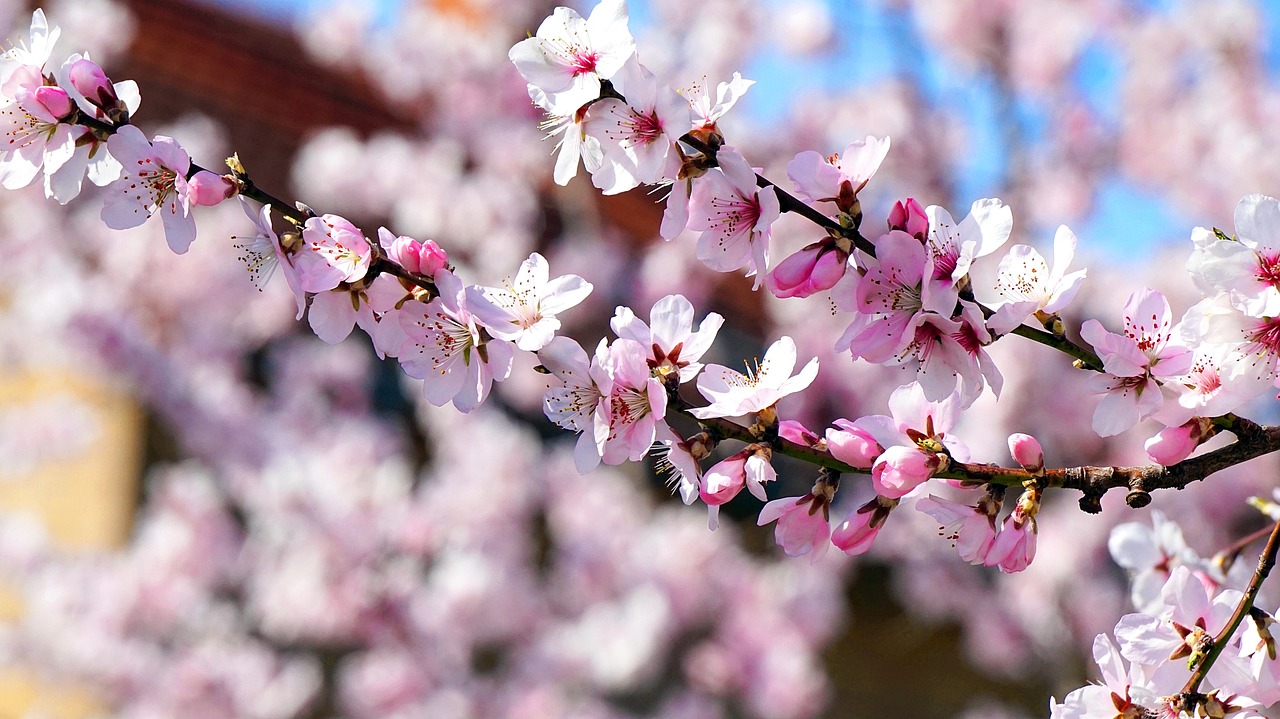
The drought has led to a gradual decline in almond cultivation in the province of Alicante. Asaja Alicante reports that the area under cultivation for this rain-fed crop has declined by up to 33% over the past fourteen years. According to data collected by the association, the area decreased from 20,413 hectares to 14,658 hectares, representing a loss of 5,755 hectares.
This fall, Asaja Alicante urged the Ministry of Agriculture, Water, Livestock and Fisheries to activate a plan to replace almond trees damaged by the drought in the Valencian Community through an aid line. This would cover the costs of uprooting and replanting. “Otherwise, the crop is in serious danger of disappearing. Many trees have been rendered unproductive by the drought, and the regional administration must be called upon to act before the situation becomes irreversible,” the organization warns.
Asaja points out that the lack of rainfall is the key factor in the almond trees’ problems. “The last hydrological year in Alicante ended with a rainfall deficit of 56%, making it the driest on record in the province, according to Aemet. This meteorological situation has worsened in recent years, leading to the agony of almond trees in the province. While almond trees reach a productive age of 30 years under normal conditions, many die prematurely between 15 and 20 years.” In this context, Asaja negatively highlighted the setback suffered by the rain almond tree.
It is proposed to introduce a line of aid for the uprooting and replanting of rain almond growers, providing a fixed amount per tree and guaranteeing a minimum four-year support period. “It’s now or never, because we are reaching a point of no return,” emphasizes José Vicente Andreu, President of Asaja Alicante.
“In exceptional situations like the one we’ve experienced, a proactive approach from governments is required. We’re not just talking about production losses and crop damage, but also demanding the replacement of lost trees,” explains the agricultural organization. Asaja has also published figures collected in other autonomous communities.
From 2000 to 2024, the area under cultivation increased significantly by 284.8% in Castilla-La Mancha, 32.1% in Aragon, 14.2% in Murcia, and 10.9% in Andalusia. In contrast, the area in the Balearic Islands decreased by 65.9%, in Catalonia by 41.5%, and in the Valencian Community by 26.4%. In this context, the Region of Murcia has received the necessary support to enable farmers in the Valencian Community to convert their almond farms back to normal.
Ecological Value
The almond tree is a cultivated plant well adapted to the arid conditions of the province of Alicante and is considered a symbol of the region’s identity. It is a distinctive element of our landscape and a tourist attraction due to its characteristic blossoms. “In the regions of Alcoy and El Comtat, which are severely affected by Xylella fastidiosa but suffer even more from failed eradication policies, the outlook is bleak. The livelihood of small farmers is seriously threatened, as is a deep-rooted family tradition linked to this crop,” explains Andreu.
“The almond tree grows on land where no other crops can be planted, often near areas of high ecological value,” adds Asaja. The organization emphasizes that “the problem not only poses an economic problem for farmers, who are forced to change their activities or invest in other crops, but also leads to uncontrolled deforestation, which increases the risk of fire.” In the case of Torremendo (Orihuela), the almond tree is located in the protected area of the Sierra de Escalona Natural Park and plays a crucial role in the conservation of protected species such as the golden eagle, the red kite, the Bonelli’s eagle, the wild cat and possibly soon the Iberian lynx.



